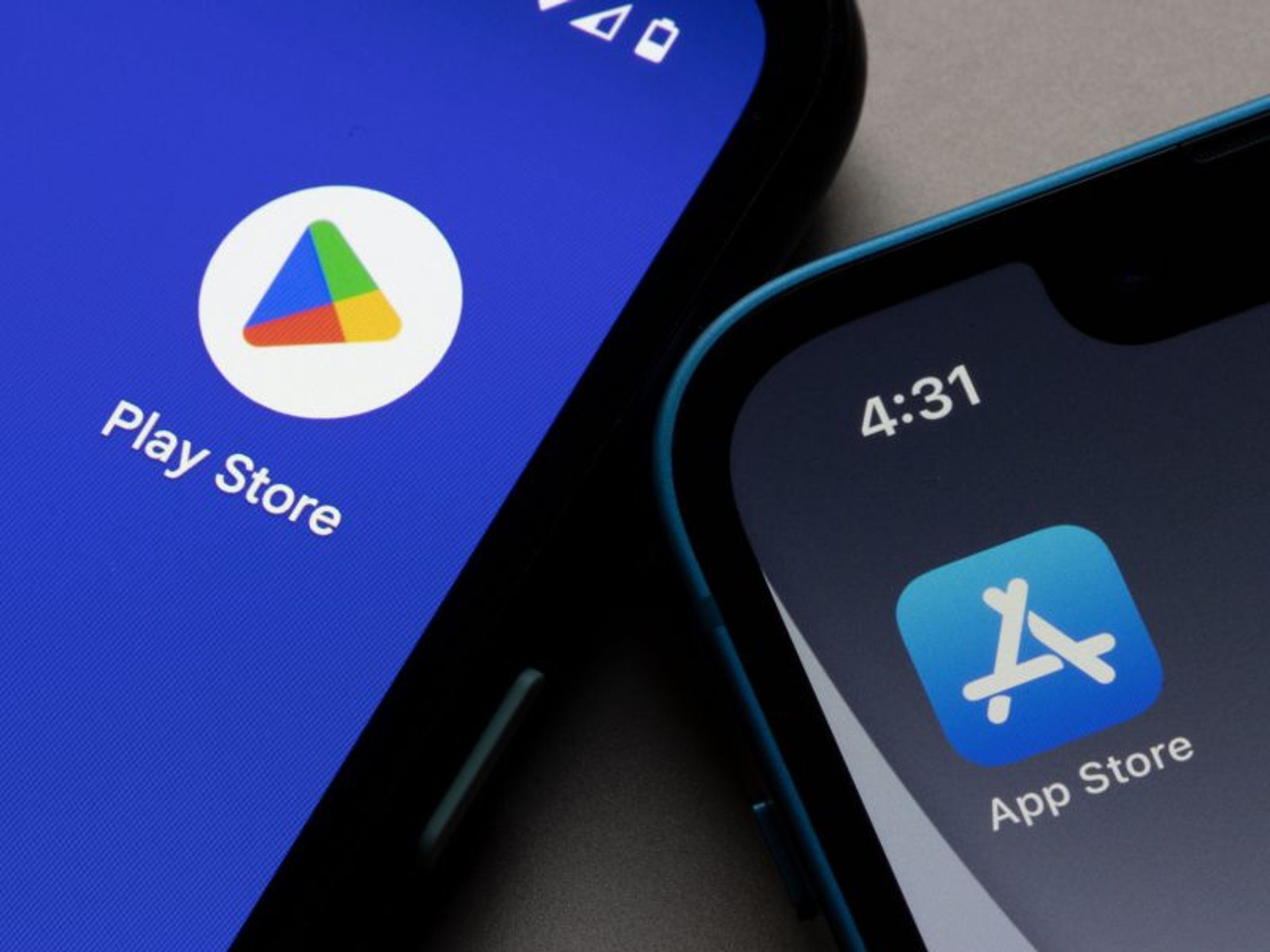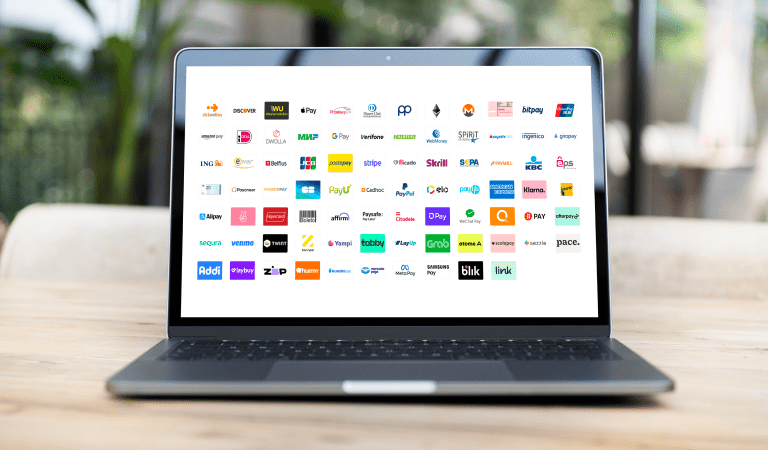iPhone vs. Android Users – Key Differences and Preferences
Publication date: 29.01.2024
Last updated: 29.01.2024

In the smartphone world, the rivalry between iPhone and Android users is not just a matter of gadget preference. It reflects deeper socio-economic, lifestyle, and technological divides. This comprehensive article dives into the significant differences and preferences between these two groups, backed by a wealth of data and insights.
The Great Smartphone Debate – iPhone vs. Android
The global smartphone market displays a clear division between iPhone and Android devices. In premium markets such as the US, where iPhone has a 59% market share, Japan (68.86%), and the UK (52.29%), the preference for iPhones speaks to a culture that values high-end, integrated technology experiences. Conversely, Android’s dominance in India (95.16% market share), Brazil (81.45%), and China (74.76%) reflects its appeal to a broader audience, particularly those valuing affordability and a wide range of device choices. This contrast is a testament to the diverse economic, cultural, and technological landscapes influencing consumer choices worldwide (source).
User Demographics – Who Chooses iPhone, and Who Prefers Android?
The user base of iPhone and Android reveals striking demographic trends. In the US, iPhones are predominantly preferred by the younger demographic (18-to-29 age group), with a 65% preference rate, while in the UK, this preference rises to 73% among 18-to-19-year-olds. Android, however, finds more favor with the 35+ age group in the US. The income factor also plays a role, with iPhone users typically earning more (average annual salary of $53,251) compared to Android users ($37,040), indicating a socio-economic divide between the users of the two platforms (source).
Operating System Wars – iOS vs. Android
The choice between iOS and Android reflects differing user needs and preferences. iOS, with its emphasis on a user-friendly interface and security, is preferred by users who value a streamlined and secure environment. Android, known for its customization and variety, attracts users who prioritize flexibility and choice. These operating systems represent different technological philosophies: iOS’s controlled, integrated environment versus Android’s open, diverse ecosystem.
App Ecosystems – Exploring App Stores and Selections
The Apple App Store and Google Play Store offer contrasting pictures in terms of size, revenue, and user spending behavior. Despite having fewer apps (1.8 million), the App Store generated $85.1 billion in revenue in 2021, compared to Google Play’s $47.9 billion from over 3.7 million apps. iPhone users’ propensity to spend more on apps aligns with their preference for apps related to lifestyle (7.93%) and health & fitness (5.08%), while Android users show a stronger inclination towards utility and customization apps, reflecting their platform’s flexibility (source).
Hardware Showdown – iPhone’s Elegance vs. Android’s Diversity
In hardware, iPhones and Android devices cater to different market segments. iPhones are known for their elegant design and high-quality build, appealing to users who prioritize aesthetics and performance. Android’s range of devices, from budget to premium models, caters to a broader spectrum of economic capabilities and personal preferences, offering a choice for every user.
Popular Apps and Features – What iPhone and Android Users Love
iPhone and Android users exhibit distinct preferences that reflect their respective platform’s characteristics and philosophies. iPhone users tend to gravitate towards a more integrated and seamless experience with a focus on health, creativity, and lifestyle enhancement. This is evident in their choice of apps like Procreate Pocket and health-focused tools. On the other hand, Android users show a strong preference for customization and versatility, often choosing apps that provide practical utility, like news and information sources, and sports updates. Both groups, however, overlap in their use of social media, messaging, and entertainment apps, suggesting a shared interest in connectivity and leisure activities. These differences in app choices underscore the unique appeals and user bases of each platform, shaped by their inherent design philosophies and market positioning.
Future Trends – What’s on the Horizon for iPhone and Android Users?
As we look towards the future, both iPhone and Android platforms are poised to embrace emerging technologies that could significantly influence user preferences. Augmented reality (AR) is one such technology, with potential applications ranging from enhanced gaming experiences to practical utilities like AR-assisted navigation and shopping. Both platforms are likely to invest in AR capabilities, which could lead to new forms of interaction and information consumption.
Artificial intelligence (AI) is another area set to reshape user experiences. AI can personalize app recommendations, optimize device performance, and enhance features like photography and voice assistants. Both iPhone and Android users may see more AI-driven features in their devices, offering a more tailored and efficient user experience.
Sustainable design is becoming increasingly important, and future smartphones might incorporate eco-friendly materials and energy-efficient technologies. This shift could appeal to environmentally conscious consumers and influence their choice of smartphones.
Overall, the integration of these technologies into iPhone and Android devices will likely result in more immersive, efficient, and personalized user experiences, potentially leading to shifts in market preferences and innovations in the smartphone industry.



